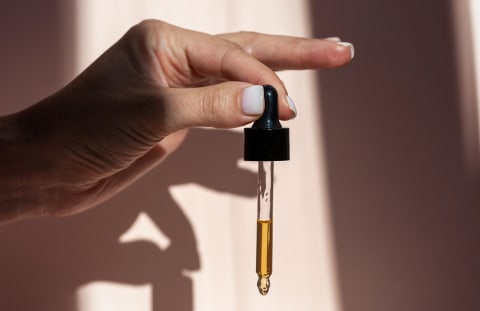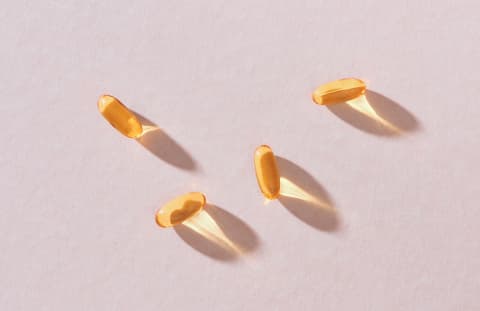The good news? There ARE some key things to look for on a hemp label—from checking the THC percentage, to understanding third-party testing (look for a certificate of authenticity (COA)), to making sure it’s free of any artificial additives. Even if you do find a full-spectrum hemp oil, that doesn’t mean they’re all created equally. Buying from a trusted brand—we’re big fans of the Synchronicity™ line by Colorado-based company, Functional Remedies—that rigorously tests its products and strives for the highest levels of quality, potency, and purity can make all the difference. CBD “isolate” products contain a single cannabinoid (CBD), while a full-spectrum hemp product contains the full spectrum of the plant’s cannabinoids—including CBD—as well as other beneficial compounds like terpenes and flavonoids. This is why “hemp oil” and “CBD” are not always the same thing, and why the difference matters. When CBD is combined with supportive compounds and antioxidants from the hemp plant, you’ve got the whole system working for you (for more on this, check out Dr. Robert Rountree’s talk at mindbodygreen’s revitalize event). Think of it this way: Taking CBD on its own is like using your smartphone only to take pictures of your dog. While it may be effective for this purpose, there’s a whole lot more to unlock. Lucky for you, we already do that.




